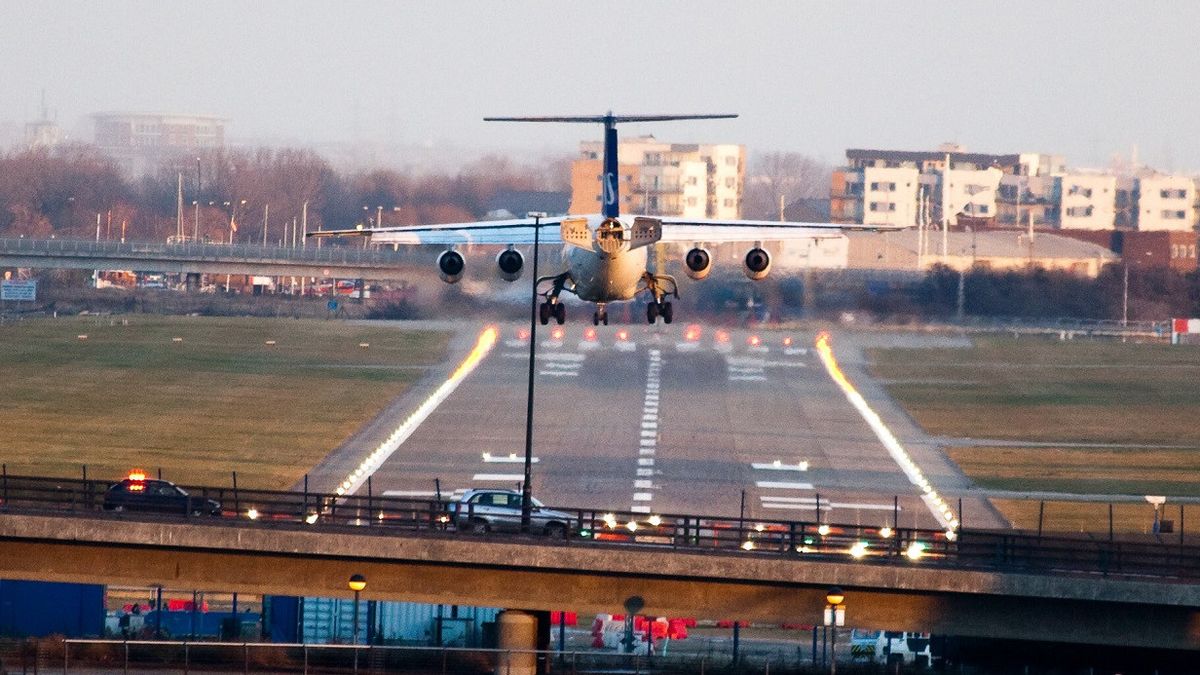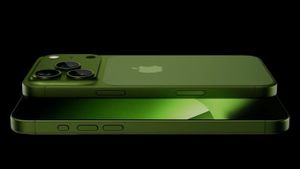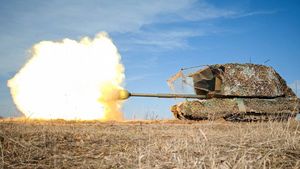JAKARTA - London City Airport officially announced the transfer of use of a remote air traffic control system on Friday, April 30. However, this system has been implemented since the beginning of the year.
The move is partly to facilitate the airport's future expansion, which is built on a former wharf next to London's financial district at Canary Wharf, said one of the airport officials.
To support this system, fourteen high definition cameras have been installed in the 50-meter high tower, which captures all landing and departure activities on the runway.
Video and audio are fed to a control room 70 miles away in Hampshire, where the NATS (National Air Traffic Control Service) headquarters is based. Screens can be overlaid with additional data to help workers give the correct instructions to the aircraft.

"What we can do is, supplement the information that air traffic controllers will have on our traditional towers with more information, which is right in front of them", explained London City Airport Chief Operating Officer Alison Fitzgerald, reporting to Euronews.
"So that includes radar data, weather data, aircraft call alerts. So it just gives them more information to operate more safely", he added.
Cyberattack
There are advantages, there are also weaknesses. High-tech remote guidance systems could become targets of cyberattacks, some experts said. However, there are ways to reduce risk.
"There is always a risk with a system like this. For one thing, increasing complexity is a problem, where we go from something very simple, the stereotypical type of image of a person coming out of a window with binoculars. To have a camera and monitor with a remote connection", said cybersecurity expert Holly Williams.
"Increasing complexity is a problem, but it can be dealt with in the way we do to build all kinds of systems that are resilient", he continued.
"All the key components of the system are replicated, so if something fails, there is a backup in a safe place," he said.
To note, this multimillion-pound project has been introduced to make air traffic control safer and more efficient. The long-distance traffic guidance technology was developed by Saab Digital Air Traffic Solutions from Sweden, Sweden.
The English, Chinese, Japanese, Arabic, and French versions are automatically generated by the AI. So there may still be inaccuracies in translating, please always see Indonesian as our main language. (system supported by DigitalSiber.id)













